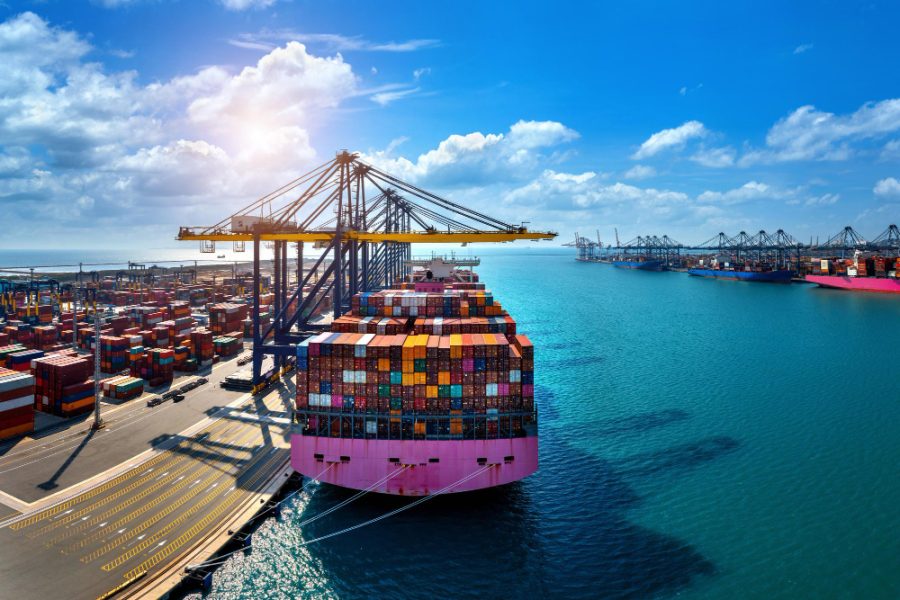The 90-day tariff cool down between the USA and China is causing a rush of cargo in the eastbound trans-Pacific trade that is starting to create vessel congestion and equipment shortages at Asian ports, especially in China, media reports suggest.
That made interesting reading for the U-Freight Group, with our portfolio of international container shipping services, which include LCL and FCL import and export operations.
The reports suggest that current delays at east and north China ports range from three to seven days depending on the carrier and trade lane, although the situation remains fluid, and there are growing concerns congestion will worsen if more vessels are diverted from Europe to the USA in June.
The reports add that congestion at Shanghai has led shippers and forwarders to divert cargo to alternative ports, especially Ningbo, which is now starting to lead to congestion and equipment shortages there.
“North China ports are facing increased waiting times due to berth congestion, further impacted by intermittent port closures caused by strong winds and dense fog,” Hapag-Lloyd said in a customer advisory last week.
The carrier said vessels are waiting up to 72 hours to berth at Qingdao and at Shanghai’s main Yangshan offshore port complex due to “heavy vessel bunching and congestion.”
Waiting time at Ningbo was up to 36 hours depending on the terminal.
There are also delays of up to 72 hours at Pusan Newport International Terminal in South Korea and up to 36 hours at Singapore due to vessel bunching, the Hapag-Lloyd advisory said.
Ocean Network Express (ONE) said congestion is also plaguing ports in Japan, especially Tokyo and Yokohama, and was causing lengthy delays and port omissions on some long-haul and intra-Asia services.
The tight supply of containers is leading some carriers to start allocating containers to shippers in Shanghai and Ningbo based on available space and rate levels.
Hapag-Lloyd said last Wednesday it had seen an increase of more than 50% in China-US cargo bookings since the two countries signed a preliminary trade deal slashing tariffs for 90 days following meetings on May 11–12.
U-Freight’s ocean freight teams around the work are ready to assist anyone looking for some guidance and support as they try to negotiate the uncertainty that prevails in container shipping at present. They can be contacted via the following area of our website: https://ufreight.com/locations
For more general information about our ocean freight forwarding and logistics services, please visit the relevant pages of our website.


